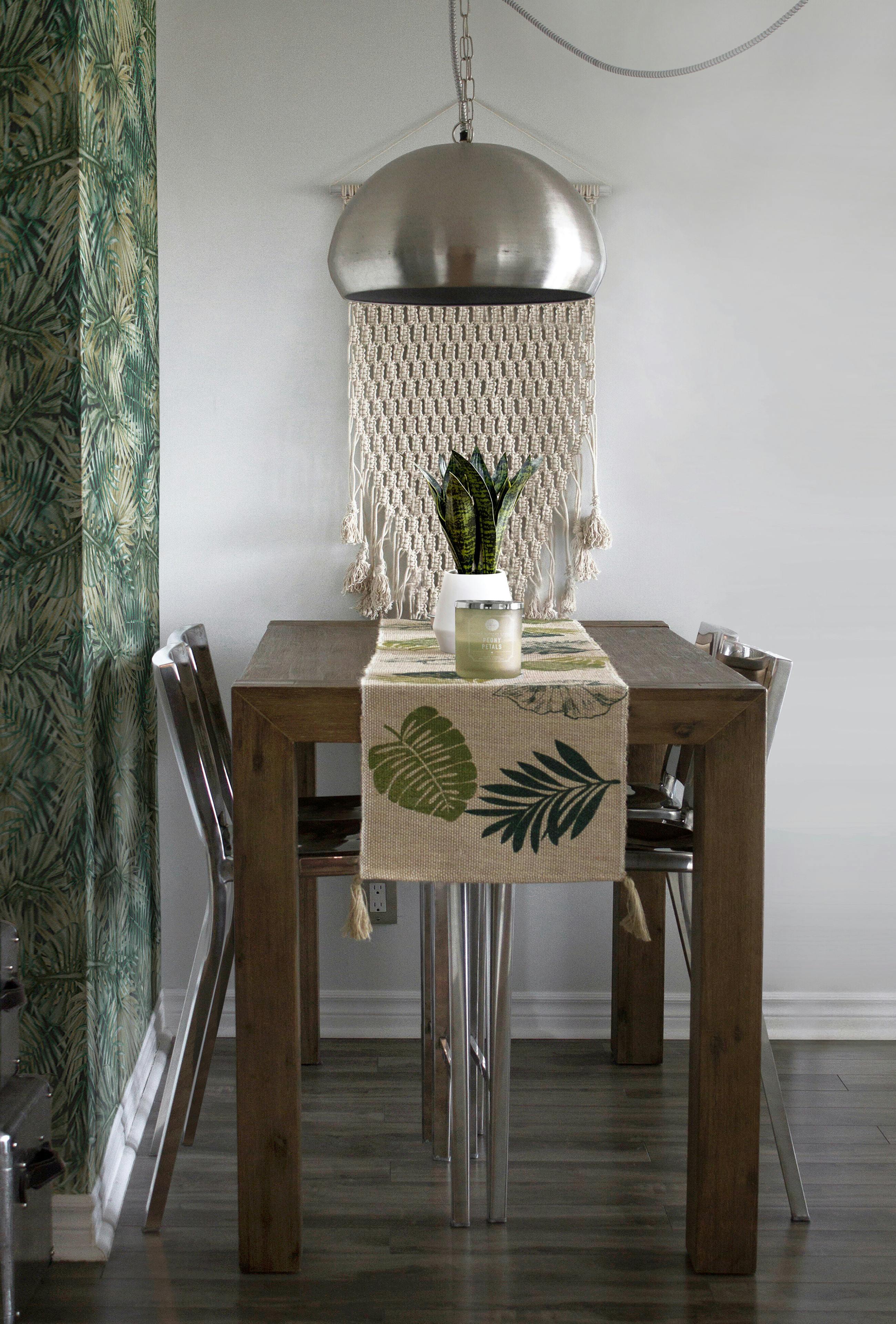
These are an exciting way to add depth and character to your walls. These designs are not only visually appealing but also practical, providing a unique touch that can transform any room. Whether you're looking to upgrade your home decor or create a focal point in a commercial space, texture paint designs offer endless possibilities. This blog will introduce you to the world of texture paint designs.
It involves the application of paint in a way that creates a tactile and visual texture on the wall. Unlike traditional flat paint, texture paint can be applied using various techniques and tools to create patterns and designs that stand out.
Visual Appeal: It adds a unique visual element to any space. The play of light and shadow on textured surfaces creates a dynamic look t.
Hides Imperfections: Textured walls can effectively conceal minor imperfections, such as cracks and dents, that might be more noticeable with flat paint.
Durability: Texture paint is often more durable than regular paint, making it ideal for high-traffic areas and surfaces that require frequent cleaning.
Adaptability: With a wide range of techniques and finishes available, texture paint designs can be customized to suit any decor style, from modern to rustic.
Here are some popular texture paint ideas that can inspire your next project:
Sand textured paint is a simple yet effective way to add a rough, gritty finish to your walls. This technique involves mixing sand into the paint before application, creating a subtle, natural texture. This technique is one of the most popular texture paint ideas due to its simplicity and unique finish.
The knockdown texture is achieved by applying a thick layer of joint compound to the wall and then flattening it slightly with a trowel. This method is one of the many wall texture designs that can give a unique look to your home.
Slap brush texture, also known as stomp texture, involves applying joint compound to the wall with a brush to create a random, stippled pattern. Slap brush texture is one of the adaptable texture paint ideas.
Applying texture paint designs requires some preparation and the right tools. Here's a guide to help you get started:
Before you begin, ensure that your wall surface is clean, dry, and free of any loose paint or debris. Repair any holes or cracks with joint compound and sand the surface smooth. Preparing the surface properly is important for wall texture designs.
Select the type of texture paint that suits your design vision. Consider the room's function and decor style when making your choice. Choosing the right texture paint ideas can significantly impact the final look of your project.
Depending on the texture paint idea you've chosen, you may need various tools, such as:
If your chosen texture paint design requires a base coat, apply it first and let it dry completely. This base coat will serve as the foundation for your texture paint and can upgrade the final look. Base coating is essential for achieving the best results in wall texture designs.
Using your selected tools and techniques, apply the texture paint to the wall. Take your time and work in small sections to ensure an even application. This step is where you bring your texture paint ideas to life.
Once the texture paint has dried, add any finishing touches, such as additional paint or sealant, to upgrade the durability and appearance of the design. Finishing touches can make your wall texture designs stand out.
Texture paint designs can be tailored to suit various rooms in your home, each offering unique benefits and elegance.
In the living room, texture paint designs can create a focal point and add warmth to the space. Consider using Venetian plaster for an elegant touch or a knockdown texture for a more relaxed, rustic feel. Textured walls in the living room can truly transform the space.
The kitchen is a high-traffic area where durability is essential. Texture paint designs can add style while also being practical. Consider using a slap brush texture for an easy-to-clean surface that adds character.
In a home office, texture paint designs can create a professional yet stylish environment. Opt for a subtle texture like sand or orange peel to add depth without distracting from your work. Textured walls living room designs can help maintain a consistent elegance throughout your home.
Experiment First: Before committing to a full wall, experiment with different texture paint ideas on a small section or a piece of cardboard.
Work in Sections: Applying texture paint can be time-consuming, so work in small sections to ensure even coverage and prevent the paint from drying out before you're finished.
Use Quality Materials: Invest in high-quality paint and tools to achieve the best results. Cheap materials can lead to uneven textures and a less professional finish.
Practice Patience: Texture paint designs require patience and attention to detail.
Texture paint for walls is a fantastic way to add depth, character, and personality to any room. Unlike flat paint, texture paint for walls creates a tactile and visual experience that can transform an ordinary space into an extraordinary one. Whether you prefer a subtle, understated texture or a bold, dramatic finish, texture paint for walls offers endless possibilities to suit your style and needs. Embracing texture paint for walls in your home decor not only upgrades the elegance appeal but also provides a unique and personalized touch.
These are an adaptable and exciting way to upgrade your home decor. From subtle sand textures to bold Venetian plaster, there are endless possibilities to explore. By understanding the different techniques and following a step-by-step approach, you can create stunning textured walls that add depth and character to any room.
1. What is texture paint?
Texture paint is a type of paint that creates a tactile and visual texture on the wall, adding depth and character to any space.
2. Can texture paint hide wall imperfections?
Yes, texture paint can effectively conceal minor imperfections like cracks and dents, providing a more uniform appearance.
3. How do I choose the right texture paint design for my room?
Consider the room's function and decor style. Subtle textures work well in bedrooms, while bold textures can upgrade living rooms and dining areas.
4. How long does texture paint take to dry?
Drying times vary depending on the type of paint and technique used. Allow this at least 24 hours for the paint to dry completely.












